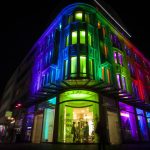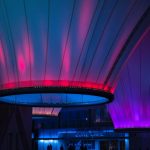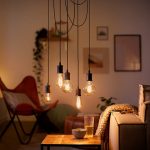How Long Does an LED Light Last? Exploring Lifespan and Durability
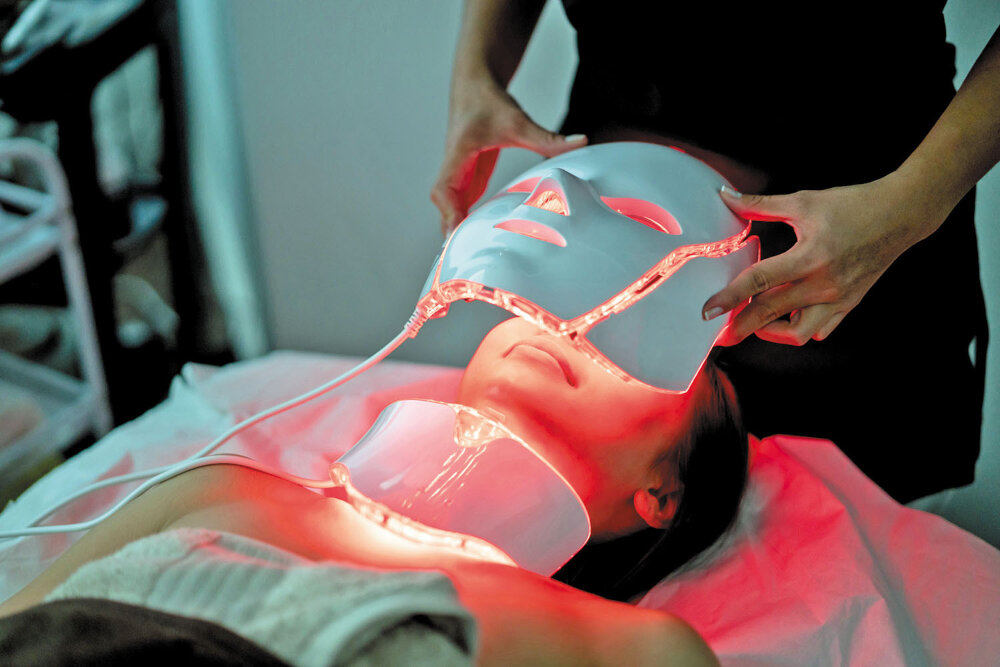
LED lights have become increasingly popular in recent years due to their energy efficiency and long lifespan. LEDs, or light-emitting diodes, are semiconductor devices that convert electrical energy into light. Unlike traditional incandescent bulbs, which emit light by heating a filament, LEDs produce light through a process called electroluminescence. This technology allows LEDs to last significantly longer than other types of bulbs, making them a cost-effective and eco-friendly lighting solution. LED lights are known for their durability and long lifespan. The average LED bulb can last up to 25,000 hours or more, which is significantly longer than traditional incandescent bulbs, which usually last around 1,000 hours. This means that LED lights can last for years without needing to be replaced, making them a popular choice for both residential and commercial lighting applications. Additionally, LED lights are resistant to shock, vibration, and extreme temperatures, making them a reliable lighting option in even the harshest environments. In this article, we will explore the factors that contribute to the lifespan and durability of LED lights, as well as tips for maximizing their longevity.
LED light stands for Light Emitting Diode, which is a type of semiconductor device that emits light when an electric current flows through it. It has become increasingly popular in recent years due to its energy efficiency and long lifespan, making it a preferable alternative to traditional incandescent or fluorescent lights. The importance of LED lights lies in its ability to reduce energy consumption and lower electricity bills while providing brighter and more consistent lighting. Additionally, its durability and long lifespan make it a cost-effective and sustainable option for both residential and commercial lighting needs. With advancements in LED technology, the lifespan of LED lights has significantly increased, making them an even more reliable and efficient lighting source.
The purpose of this article titled \How Long Does an LED Light Last: Exploring Lifespan and Durability\ is to provide a comprehensive understanding of the lifespan and durability of LED lights. The article delves into the technical aspects of LED lights, such as the different types and factors that affect their longevity. It also discusses the benefits of using LED lights, such as their energy efficiency and cost-effectiveness. The article aims to educate readers on the importance of choosing LED lights for their long-term benefits and to dispel common misconceptions about their lifespan. Overall, this article serves as a valuable resource for consumers looking to make informed decisions about their lighting options.
Factors Affecting LED Light Lifespan
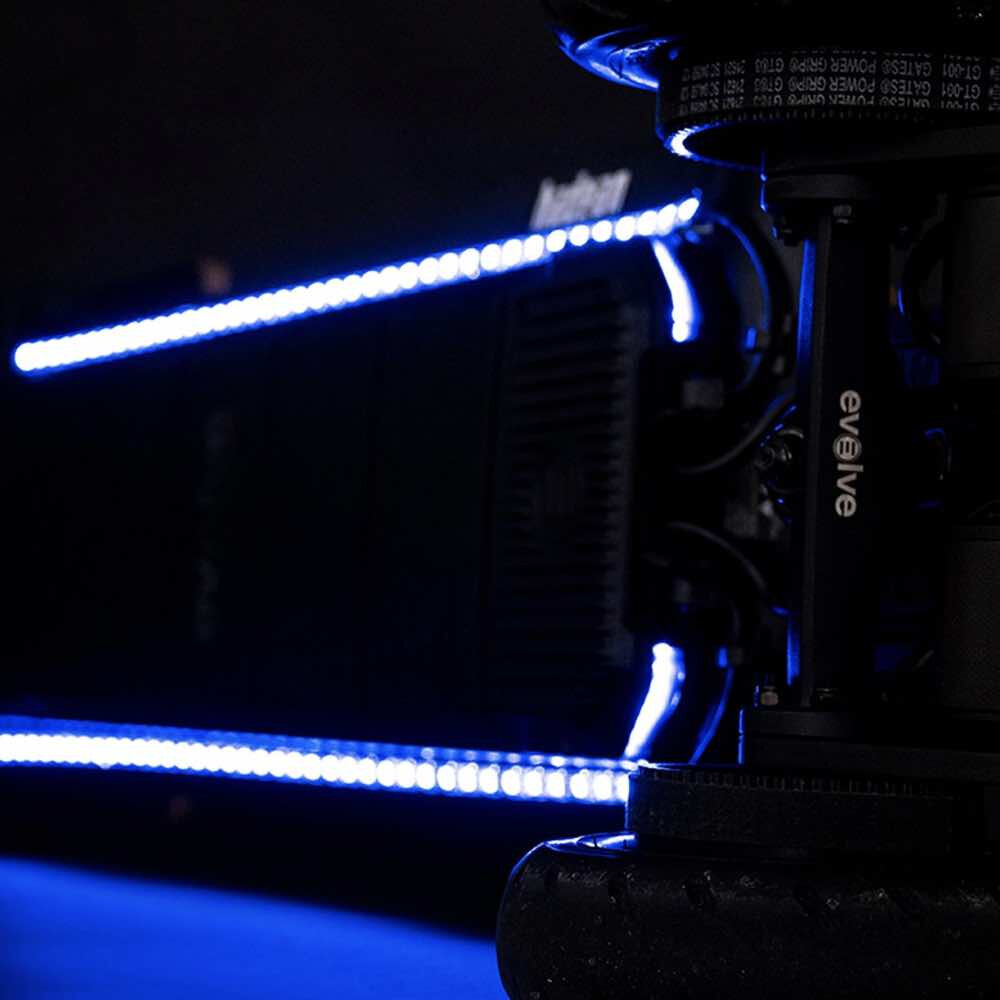
LED lights have become increasingly popular in recent years due to their energy efficiency, durability, and long lifespan. However, various factors can affect the lifespan of an LED light. One of the most significant factors is the quality of the LED chip itself. Cheaper LED chips may have a shorter lifespan due to lower-quality materials and manufacturing processes. In contrast, higher-quality LED chips can last up to 100,000 hours or more. Additionally, the design of the LED light fixture can also impact the lifespan of the LED chip. Poorly designed fixtures may not provide adequate ventilation, causing the LED chip to overheat and fail prematurely. In contrast, well-designed fixtures will have proper ventilation and heat sinks to dissipate heat and extend the lifespan of the LED chip. Another factor that can impact the lifespan of LED lights is the operating temperature. LED lights operate most efficiently at temperatures between 25°C and 45°C. If the temperature exceeds this range, the LED chip may become damaged and fail prematurely. Conversely, if the temperature is too low, the LED light may not function correctly. Therefore, it is essential to ensure that the LED light is installed in a location with appropriate temperature conditions. In addition, the voltage and current supplied to the LED light can also impact its lifespan. If the voltage or current is too high, the LED chip may become damaged and fail prematurely. Therefore, it is crucial to ensure that the LED light is connected to a suitable power supply with the correct voltage and current ratings.
When it comes to LEDs, there are two main types: organic and inorganic. Inorganic LEDs are made from materials such as gallium nitride, which are commonly used in electronic devices. They are known for their high brightness and efficiency, making them ideal for applications such as lighting and displays. Organic LEDs, on the other hand, are made from carbon-based materials and are known for their flexibility and low power consumption. While they may not be as bright as inorganic LEDs, they are ideal for use in applications such as wearable technology and flexible displays. Both types of LEDs have their advantages and disadvantages, and the choice between the two will depend on the specific needs of the application.
The quality of manufacturing plays a crucial role in determining the lifespan and durability of LED lights. The manufacturing process must be precise and meticulous to ensure that all components are correctly assembled and functioning correctly. The use of high-quality materials is also essential to ensure that the LED light can withstand environmental factors such as temperature fluctuations and moisture. The manufacturing process must also adhere to strict quality control standards to ensure that each LED light produced meets or exceeds industry standards. Ultimately, an LED light’s lifespan and durability are heavily reliant on the quality of its manufacturing, making it a critical factor to consider when choosing an LED light.
Operating temperature is a crucial factor that affects the lifespan and durability of an LED light. LED lights are sensitive to temperature changes, and their performance can significantly decline if they are exposed to high temperatures. Generally, the ideal operating temperature range for LED lights is between -20°C to 50°C. If the temperature exceeds this range, the LED may overheat, resulting in reduced brightness, color distortion, and eventually complete failure. Therefore, it’s essential to consider the operating temperature range when selecting an LED light to ensure optimal performance and longevity. Additionally, proper ventilation and heat dissipation mechanisms can help regulate the temperature, ensuring that the LED light operates within the recommended range.
Voltage and current are two essential aspects of LED light that determine its lifespan and durability. Voltage is the measure of electrical potential difference between two points in an electrical circuit, which is responsible for driving the current flow. The voltage applied to an LED bulb must be appropriate for its rated voltage to prevent any damage. On the other hand, current is the flow of electrons in a circuit, which determines the amount of power consumed by the LED bulb. The optimal current level for an LED bulb is determined by its manufacturer, and exceeding this limit can lead to overheating and a shortened lifespan. Therefore, it’s crucial to regulate both voltage and current levels in an LED bulb to ensure long-lasting and durable performance.
The frequency of use is a crucial factor that determines the lifespan of an LED light. LED lights are known for their long-lasting durability, but their life expectancy can be affected by how often they are used. If an LED light is used for extended periods, it can overheat and cause damage to the components, reducing its lifespan. On the other hand, if an LED light is rarely used, it can still degrade over time due to moisture and other environmental factors. Therefore, it is essential to strike a balance between frequency of use and LED light lifespan to ensure optimal performance and longevity.
How to Maximize LED Light Lifespan
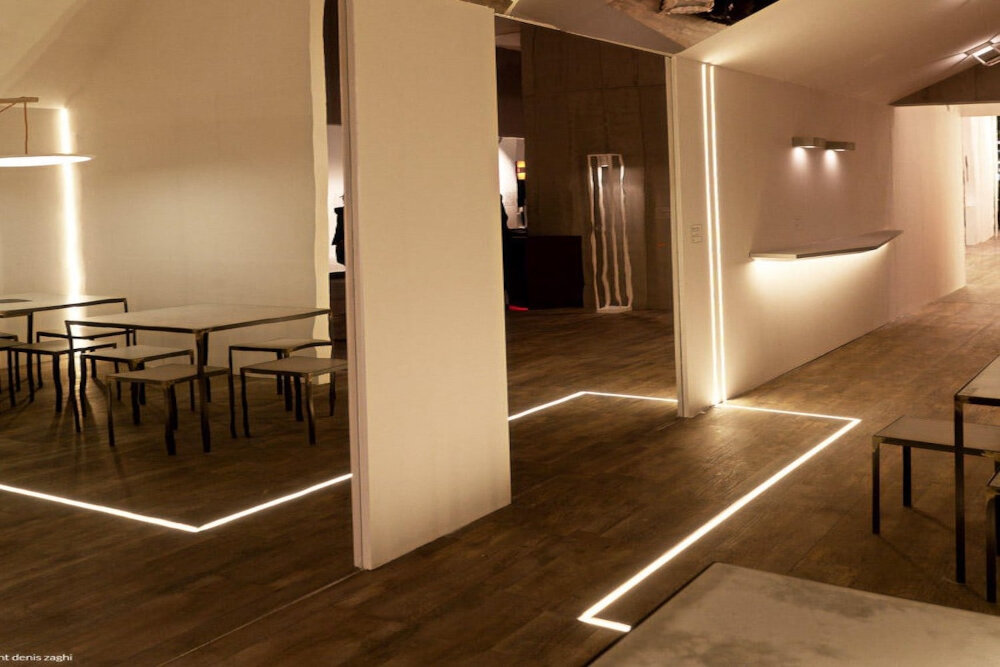
LED lights have become increasingly popular in recent years due to their energy efficiency and long lifespan. However, in order to maximize the lifespan of LED lights, there are some important steps that should be taken. First, it is important to choose high-quality LED lights from reputable manufacturers. Cheap LED lights may not be built with the same level of quality and durability, which can lead to a shorter lifespan. It is also important to choose LED lights that are appropriate for the intended use. LED lights that are used for outdoor applications should be designed to withstand exposure to the elements, while LED lights that are used indoors may not require the same level of durability. Another important factor in maximizing the lifespan of LED lights is proper installation and maintenance. LED lights should be installed correctly to prevent damage or premature failure. Additionally, regular cleaning can help to prevent buildup of dirt and debris that can interfere with the performance of the LED lights. Finally, it is important to use LED lights in a way that is consistent with their intended use. LED lights that are used for extended periods of time or in high-temperature environments may have a shorter lifespan. By following these tips, it is possible to maximize the lifespan of LED lights and ensure that they provide reliable performance for years to come.
Proper installation and use are crucial for maximizing the lifespan and durability of LED lights. Before installing, always check the manufacturer’s instructions to ensure proper placement and wiring. Make sure to use the correct voltage and wattage for the LED light to prevent damage or premature failure. Additionally, avoid exposing the LED light to extreme temperatures or moisture, as this can also impact its lifespan. Regular cleaning and maintenance, such as dusting and replacing any damaged components, can further extend the life of the LED light. By taking these simple steps, you can ensure that your LED light continues to provide reliable and energy-efficient illumination for years to come.
Regular maintenance and cleaning are essential to ensure the longevity and durability of LED lights. LED lights are known for their long lifespan, but proper maintenance can extend their life even further. Dust and dirt can accumulate on the surface of the LED light and affect its performance, so it is important to clean them periodically. Additionally, checking for loose connections and replacing any faulty parts is crucial in maintaining the efficiency of the LED light. By taking care of LED lights, you can ensure their optimal performance for years to come.
Choosing the right LED light for the application is crucial in ensuring maximum efficiency and longevity. The first step is to determine the color temperature and brightness required for the task. Next, it is important to consider the beam angle and the size of the area that needs to be illuminated. The type of LED driver used can also affect the lifespan of the light, so it is essential to choose one that is compatible with the application. Additionally, selecting an LED light with a high CRI (Color Rendering Index) can enhance the color accuracy of the illuminated objects. Lastly, it is crucial to choose an LED light from a reputable manufacturer that offers a warranty and technical support. By considering these factors, one can ensure that the LED light will provide optimal performance and long-lasting durability.
Comparing LED Light to Other Light Sources
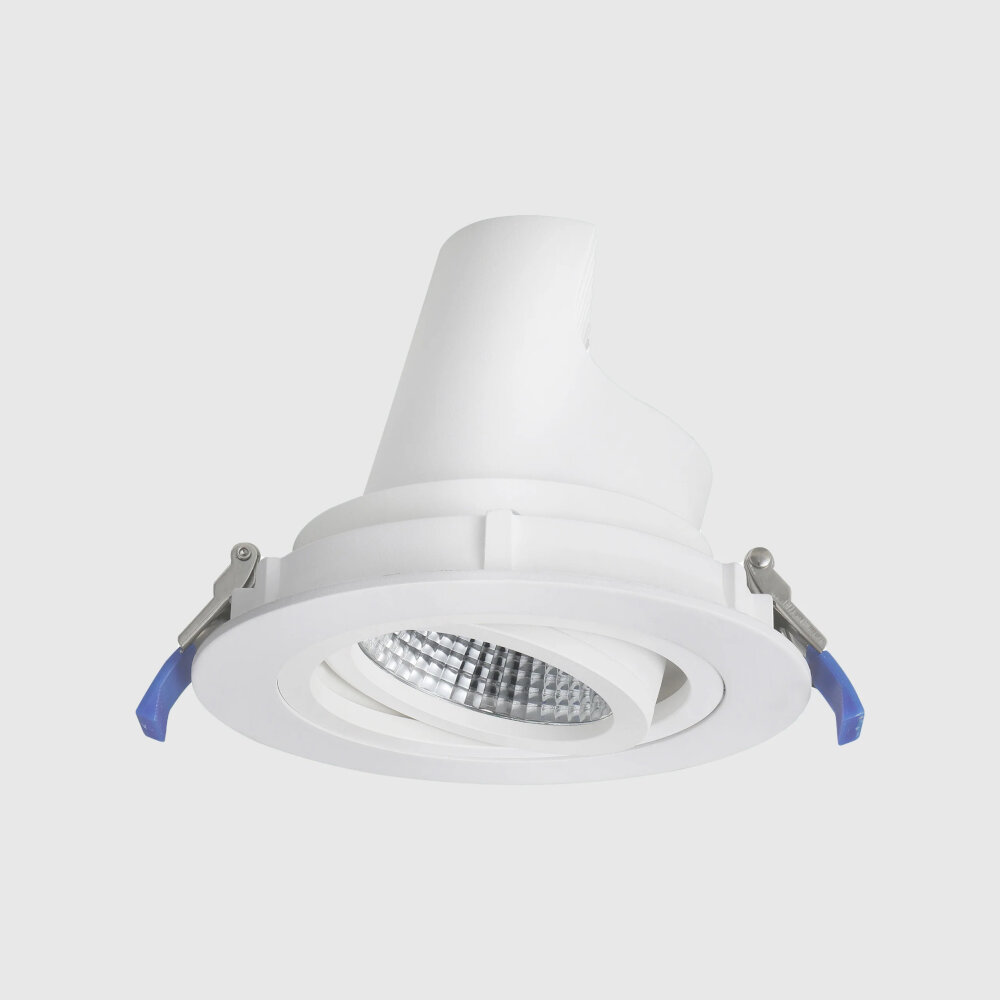
When it comes to lighting up our homes, there are various options to choose from. However, LED lights are getting increasingly popular due to their energy efficiency, durability, and long lifespan. LED lights can last up to 25,000 hours, which is almost 25 times longer than an incandescent bulb. Moreover, LED lights do not emit as much heat as other light sources, making them more energy-efficient than traditional bulbs. LED lights are also environmentally friendly since they do not contain any hazardous materials like mercury. On the other hand, traditional bulbs require more energy and have a shorter lifespan, which means they need to be replaced more often, leading to more waste. When compared to CFL lights, LED lights are even more energy-efficient and last longer. CFL lights require more energy to produce the same amount of light as LED lights, making them less efficient. Additionally, CFL lights contain mercury, which is a hazardous material that can harm the environment if not disposed of correctly. LED lights, on the other hand, do not contain any hazardous materials and can be recycled, making them a more eco-friendly option. Overall, LED lights are a better choice when it comes to lighting up your home or office, considering their energy efficiency, long lifespan, and environmental impact.
Incandescent bulbs, once the most common type of light bulb, have a relatively short lifespan compared to other types of bulbs. These bulbs work by heating a filament until it glows, producing light. However, the heat generated by the filament causes it to degrade over time, leading to a decrease in brightness and eventual burnout. On average, incandescent bulbs last for around 1,000 hours before needing to be replaced. In addition to having a short lifespan, incandescent bulbs are also very inefficient, converting only around 10% of the energy they use into visible light. These factors have led to a shift towards more energy-efficient and longer-lasting LED bulbs in recent years.
Compact Fluorescent Lamps (CFLs) are a type of energy-efficient light bulb that has been widely used in households and businesses for many years. They are designed to produce the same amount of light as traditional incandescent bulbs, but with much less energy consumption. CFLs work by passing an electric current through a gas-filled tube, which causes the gas to emit ultraviolet light. This ultraviolet light then interacts with a phosphorescent coating on the inside of the tube, which produces visible light. Despite their energy efficiency, CFLs are not as long-lasting as LEDs, with an average lifespan of around 10,000 hours. Additionally, CFLs contain small amounts of mercury, which can be harmful to the environment if not disposed of properly.
Although LED lights have become the go-to source of illumination in modern society, halogen bulbs remain a popular lighting option due to their unique qualities. These bulbs are known for their bright, white light that closely resembles natural daylight, making them ideal for tasks that require high levels of visibility, such as photography and reading. They are also highly efficient, converting a significant portion of the energy they consume into light rather than heat. However, their lifespan is relatively short compared to LED lights, with most halogen bulbs lasting between 2,000 and 4,000 hours. Despite this, they remain a popular choice for those who prioritize brightness and clarity over longevity.
In summary, LED lights are known for their long lifespan and durability. They can last up to 50,000 hours, which is significantly longer than traditional incandescent bulbs. This is due to their energy-efficient design, which produces less heat and wears down the components less quickly. Additionally, LEDs are more resistant to shock and vibration, making them ideal for outdoor and industrial settings. While LED lights may have a higher upfront cost, their longevity and energy savings make them a worthwhile investment in the long run.
In conclusion, the durability and lifespan of LED lights are impressive qualities that make them a wise investment. Unlike traditional lighting options, LEDs have a lifespan of up to 50,000 hours, which is significantly longer. Their durability is also noteworthy as they are shock-resistant, vibration-resistant, and less prone to breakage. Additionally, LED lights are energy-efficient, making them a cost-effective option in the long run. With their ability to withstand harsh weather conditions and the ability to function in a wide range of temperatures, LEDs are ideal for both indoor and outdoor lighting applications. Overall, LEDs are a reliable lighting solution that provides long-lasting, high-quality illumination with minimal maintenance requirements.
Conclusion
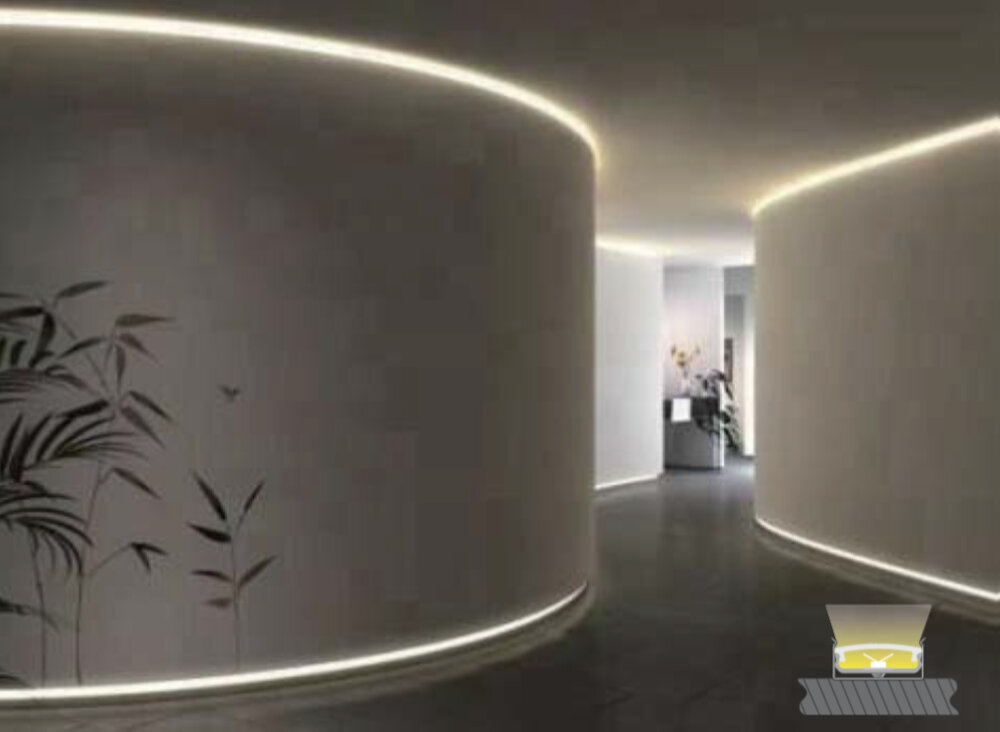
In conclusion, LED lights are an innovative and eco-friendly lighting solution that offers remarkable lifespan and durability compared to traditional lighting options. With an average lifespan of 50,000 hours, LED lights can last up to 10 times longer than incandescent bulbs, making them a cost-effective and energy-efficient choice for homes and businesses. Factors such as quality of materials, maintenance, and environmental conditions can affect the lifespan and performance of LED lights. However, with proper care and usage, LED lights can provide long-lasting and reliable lighting for years to come. Overall, LED lights are a smart investment for anyone looking for a sustainable lighting solution for their home or business.

